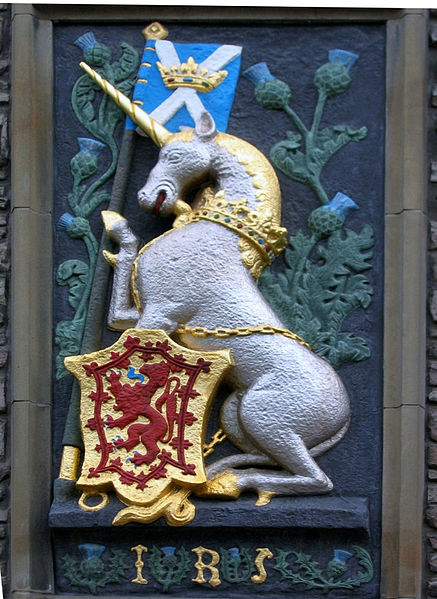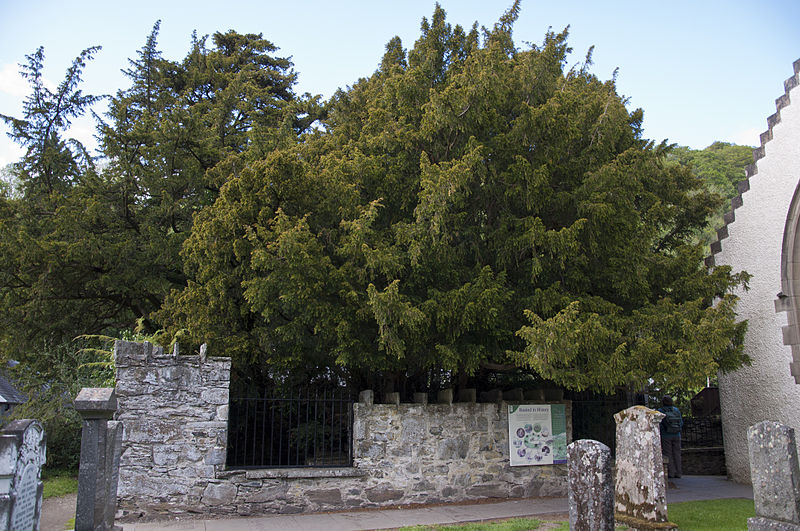5 Things about Scotland You Might Not Know
Anyone can tell you about the kilts and what the patterns represent. They can also tell you a thing or two about bagpipes and golf. However, we are here to discuss 5 things you probably don’t know about Scotland.
The Unicorn

Other countries have bears and lions, but how confident in itself can a country be to make a mythological creature their national animal? That’s right, the national animal of Scotland is the unicorn. An American historian by the name of Elyse Waters discovered that the Scotts made the unicorn their symbol most likely in the attempt to fight the English lion. It was believed that unicorns and lions were, get this, natural enemies. This belief is more than 3.000 years old. The unicorn is not only a majestic creature but also one that provides protection and purifies water for other animals. The belief was so strong that it was common for apothecaries and merchants to sell “unicorn” horns as medicine.
The Oldest Tree
The Fortingall Yew is believed to be the oldest tree in Europe, though there are other contenders to that title. There are discrepancies regarding the tree’s actual age, but, at the very least, it is safe to say that it has at least 1500 years under its belt (or roots, as the case may be). The tree is Taxus baccata and can be found in Perthshire. Legend has it that Pontius Pilate was born under the tree and that it was one of his favourite playgrounds.

Morag
Most people have heard of Nessie, the Loch Ness monster. It is not the only loch monster in Britain. Loch Morar is said to be the home of this elusive and very likely non-existent creature that, reportedly, attacked fishermen on numerous occasions. One of the most popular reports concerning the monster involves testimonies by Duncan McDonell and William Simpson, who claimed Morag was nearly 30 feet long with a head that is a whole foot wide.

Scots Outside Scotland
It is believed that there are as many Scotts in the US as there are in Scotland, though only if you count the people with Scottish heritage. The number of Scotts in the US is a little higher than 20 million, though it is very hard to come to a precise number, due to the fact that there is a lot of mixing of cultures in America. Furthermore, there might be as many as 30 million people with Scotch-Irish descent.
Auld Lang Syne
Auld Lang Syne means something along the lines of “a long time ago”. It is a poem by Robert Burns and it is heavily integrated into many aspects of Scottish culture. It is a song sang at momentous occasions, like the New Year’s Eve, funerals, weddings, graduations, and so on. It is because the song denotes the times long past and looking towards the future. The song became so popular and resonated strongly with people’s feelings that it found its way into the hearts of people outside Scotland, though somewhat changed on occasion.